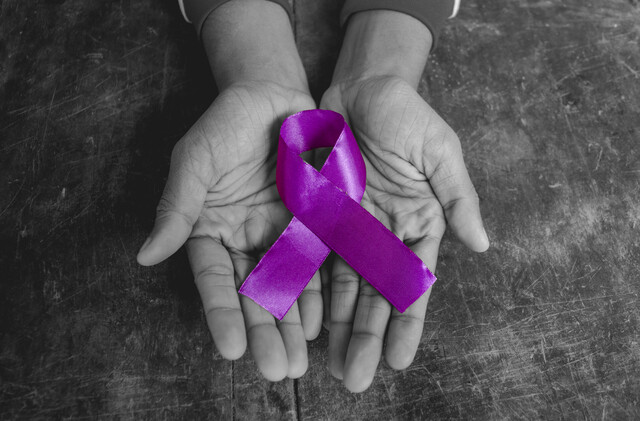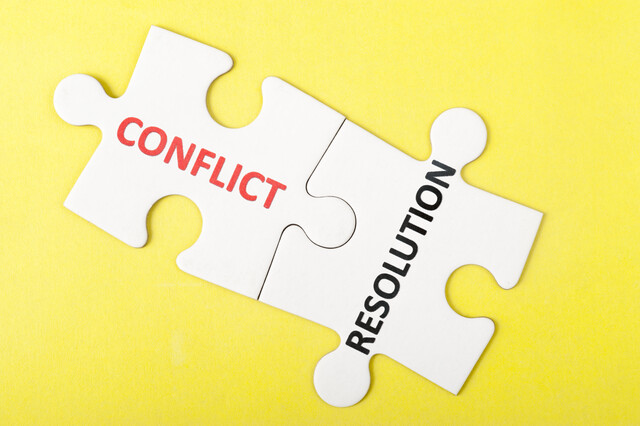The attitudes surrounding sexual harassment often produces this idea that only the victim is affected, and even then it's only in the moment that the harassment occurs. It's something that has helped support some of the arguments against sexual harassment claims that state that there's little to no harm done in these cases and the victim is just overstating things. How much of a price that people pay for sexual harassment both financially and otherwise isn't something that's always going to be clearly visible. Even when it is visible, it's then not always connected to instances of sexual harassment.
This article will look at the financial costs that businesses and/or employers, victims, and harassers often face when sexual harassment is present in the workplace. Non-monetary costs, such as the physical and psychological damage that sexual harassment can produce will also be discussed, as will the social costs that accumulate when sexual harassment goes unchecked.
The Costs for Businesses
When it comes to addressing the cost of sexual harassment in the workplace, it's that environment that eventually pays a hefty price that can impact everyone associated with the business. This includes the employer or business owner, staff members, customers, and even other collaborating businesses. Harassment in general serves as a distraction and is disruptive toward regular tasks and responsibilities in the workplace. As a result, businesses that have rampant harassment are likely to see an impact on their overall performance that spreads beyond just the working environment. Some of the areas that are commonly impacted include the following.
Turnover -- If nothing is being done in the workplace to stop sexual harassment, then many victims will take action to at least get themselves away from their harassers. Unfortunately, this often means that they quit their jobs and sometimes even end their career in that particular field. This can generate high turnover rates, which can pose problems for a business regardless of their initial cause. Conservative estimates state that regardless of circumstances, replacing lost employees can cost businesses roughly the same amount it would to pay the original employee for six-to-nine months. For a $40,000 a year position, that could range from $20,000 to $30,000 to replace a single employee due to costs associated with loss of production, and recruiting and training expenses. If one out of three employees want to quit their jobs because of varying reasons in the U.S., then businesses can easily be losing hundreds of thousands of dollars a year thanks to turnover.
Absenteeism -- Not all victims of harassment have the option to quit their jobs, usually because of their own financial situation. However, that doesn't mean that they don't shy away from the environment where they've been harassed. Absenteeism among victims of harassment is relatively common and can be a result of their avoiding their harassers and/or due to the effects of the harassment on their well-being. In cases where the harassment has extended outside of the workplace, instances of harassment could be responsible for tardiness or missed days of work. For example, stalking can cause a victim to change their routine and habits in an effort to evade their harasser and may involve things like taking a new route to work, which may cause them to be late.
Lawsuit Settlements -- Lawsuits are common legal outcomes for sexual harassment in the workplace, as the circumstances can easily reach that point should the harassment be allowed to go unchecked. It should be noted that sexual harassment lawsuits are not filed simply for the sake of money but to bring about punishment for the harasser that isn't being carried out elsewhere and the money can help with lost wages, benefits, etc. These lawsuits can get costly, typically going into the millions of dollars in court ordered settlements. The largest settlement on record in the U.S. was in 2012 in California for $168 million in a case against a Sacramento hospital. The woman who filed the case was a physician's assistant at the hospital and stated that she had been sexually harassed by multiple members of the staff, medical or otherwise, with administration failing to act when she reported it.
Fines and Legal Fees -- The money paid through lawsuits is not the only money that businesses and harassers may be expected to pay. Legal fees from litigation can build up quickly and those accused may be ordered responsible for all those accumulated over the course of the case. There are also fines that harassers may be expected to pay regardless of if the case goes to court. The EEOC, which investigates workplace harassment claims, obtained over $40.7 million dollars from over 6,700 filed sexual harassment charges in 2016. Such fees could be a result of fines from the federal level, specifically the EEOC, and on the state level, depending on the location of the business, harassment, etc.
Severance Pay -- As mentioned, sexual harassment in the workplace often produces high turnover rates. Businesses where sexual harassment is rampant may have costs tied to severance pay or packages from those employees who've quit and/or resigned. This does depend on how the business is set up and what options are available to employees under these circumstances but it can ultimately add up. Severance packages often end up as part of settlements in cases where the victim was forced into leaving their job as a part of the harassment.
The Psychological Costs
While it is businesses and harassers that ultimately end up paying the most in terms of quantifiable cost, it is the victims who have the heaviest price. Much of this comes across in the form of psychological costs that the victim must deal with. Harassment of any kind tends to generate stress for those who are targeted, which can mess with a person's health in multiple ways. Psychologically, this can include the following.
Anxiety -- As previously mentioned, sexual harassment can induce feelings of fear in victims. Being targeted by someone you trust in a working environment can cause you to question your own judgement and make you wonder who you can actually trust. That fear produces anxiety over when the next instance will be, where it will happen, and who will be responsible for causing it. You both feel and think that you are a victim and that you will continue to be one, which is a difficult thing to shake off. This can be especially true in workplaces that exhibit a hostile environment and other issues like bullying and discrimination.
Depression -- In much the same way that sexual harassment can generate anxiety in victims, it can also generate depressive episodes and symptoms. Many victims develop a sense of self-doubt and blame from harassment, which can cause their mood and self-esteem to turn negative. You genuinely begin to blame yourself for what happened and then hate yourself for feeling this way. In some cases, this can produce suicidal thoughts. Acting on those thoughts may occur with severe cases where sexual violence was involved.
Just as there are psychological costs with sexual harassment, there are also physical ones that many victims must deal with. When discussing physical costs or effects of sexual harassment, many people think of instances where the harassment turned violent and injury occurred. This isn't an unreasonable conclusion. It's estimated that an average of 50 people per day are sexually assaulted while at work, although that is only based on reported cases. However, that's not the only way that a person could be physically affected by the sexual harassment they face in the workplace. In addition to physical injury as a direct result of harassment, the physical costs could also manifest through the following.
High Blood Pressure -- Stress reactions manifest in the body through increases in cardiovascular and pulmonary functions. This includes your heart rate, respiratory rate, and blood pressure among other bodily functions. Studies have shown that victims of sexual harassment in the workplace or elsewhere tend to have a higher blood pressure and poorer cardiac functions than their peers who do not experience sexual harassment. Similar results have been found in those who have high stress levels, which can include those who have faced harassment or mistreatment.
Sleep Problems -- Sleep issues can also occur as a result of sexual harassment. The same hormone cortisol that is tied to stress levels is also tied to sleep and other functions like metabolism and blood sugar. High levels of cortisol generated by stress can wreak havoc on a person's sleep cycle, making it harder for them to fall and stay asleep. Sleep issues occurring due to harassment are often a result of frequent instances and the anxiety they produce.
Weight Changes -- Fluctuations in weight as a result of sexual harassment can develop in a number of ways. The variety of issues that sexual harassment cause can generally impact the body's health, which could prompt continuous issues and effects. Changes in blood sugar and metabolism through cortisol level increases and stress cause a person's weight to fluctuate in an unhealthy manner. In some cases, weight changes could be a result of the person's intent to change their appearance in an effort to halt the harassment.
The Social Costs
Social costs of sexual harassment typically refer to the costs that the different players pay within the public and in their social circles. This includes things like relationships and reputations. The workplace is actually a highly social arena, where the way you interact with and present yourself to others is incredibly crucial to your success in the professional world. Your involvement in sexual harassment, regardless of what role you played in the situation, can alter the way you navigate through that arena. People may question the image they have of a person and the amount of trust they've placed in them once that association is made. In the workplace, this can be seriously damaging to a person's career.
It's not just the established social relationships that can be impacted but the ones that you're trying to create. The association a person has with an instance of sexual harassment can sometimes make people want to limit their contact with them. This has become increasingly so in recent months with the numerous sexual harassment allegations in the public eye. People are hesitant to have contact with those accused and are incredibly self-conscious about how they interact with the victims. While not a bad thing, it does make those crucial social connections in the workplace all the more difficult to develop and foster.






























